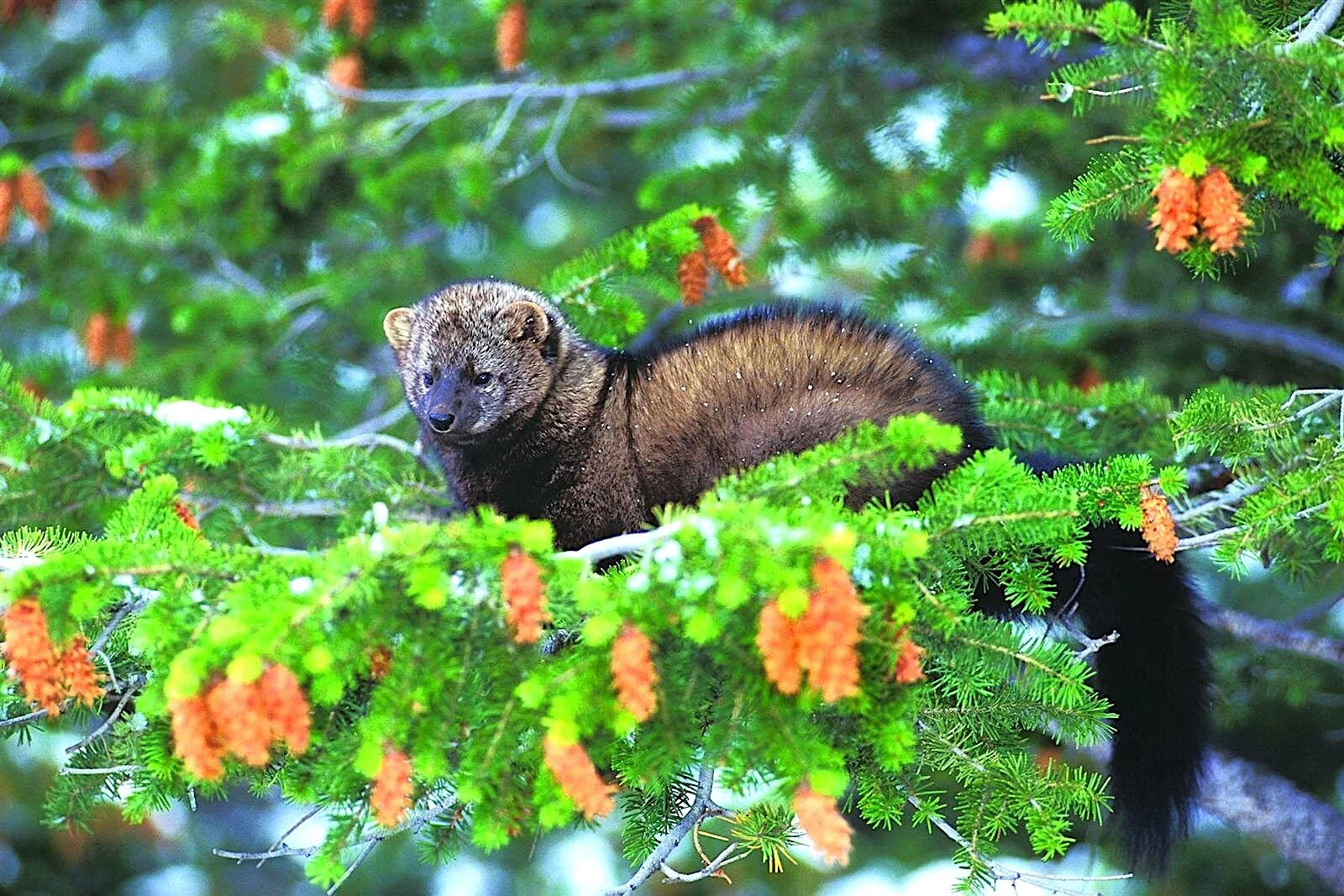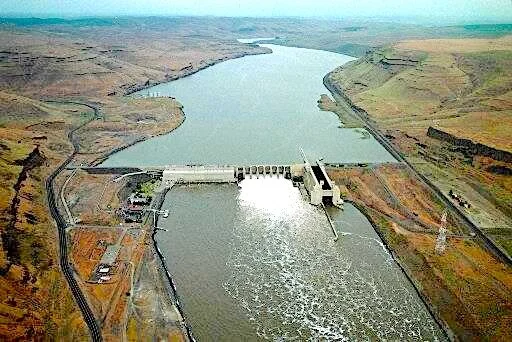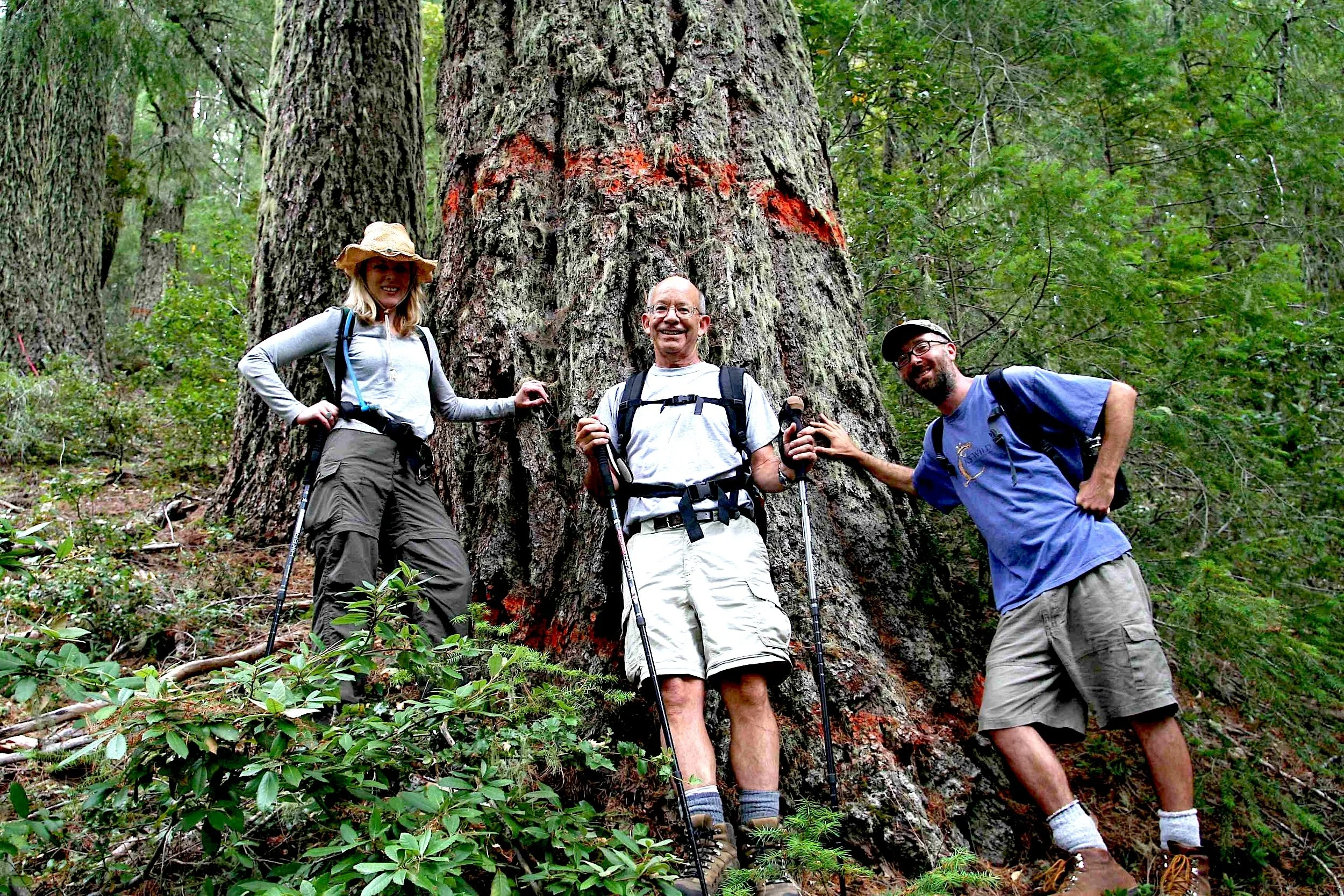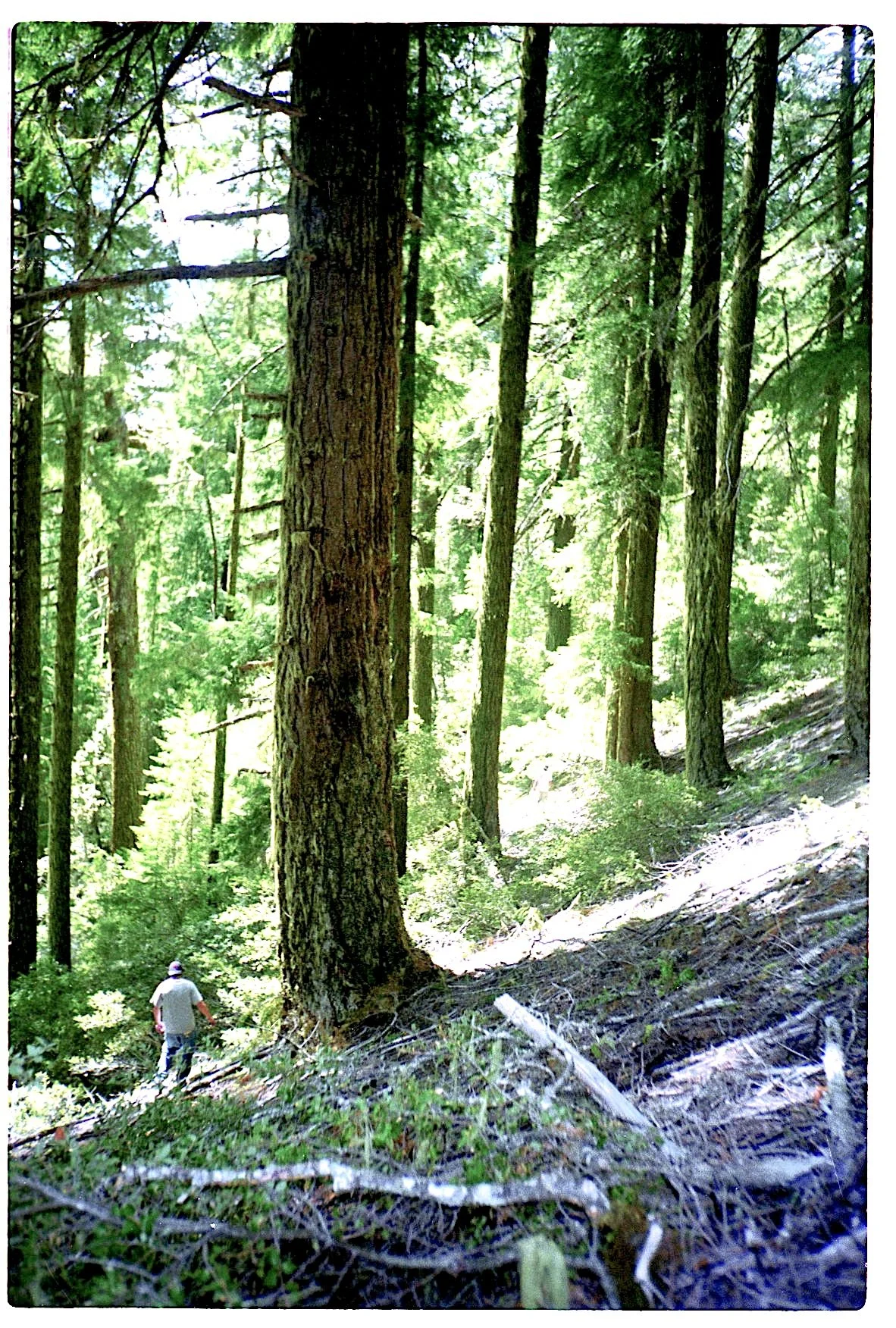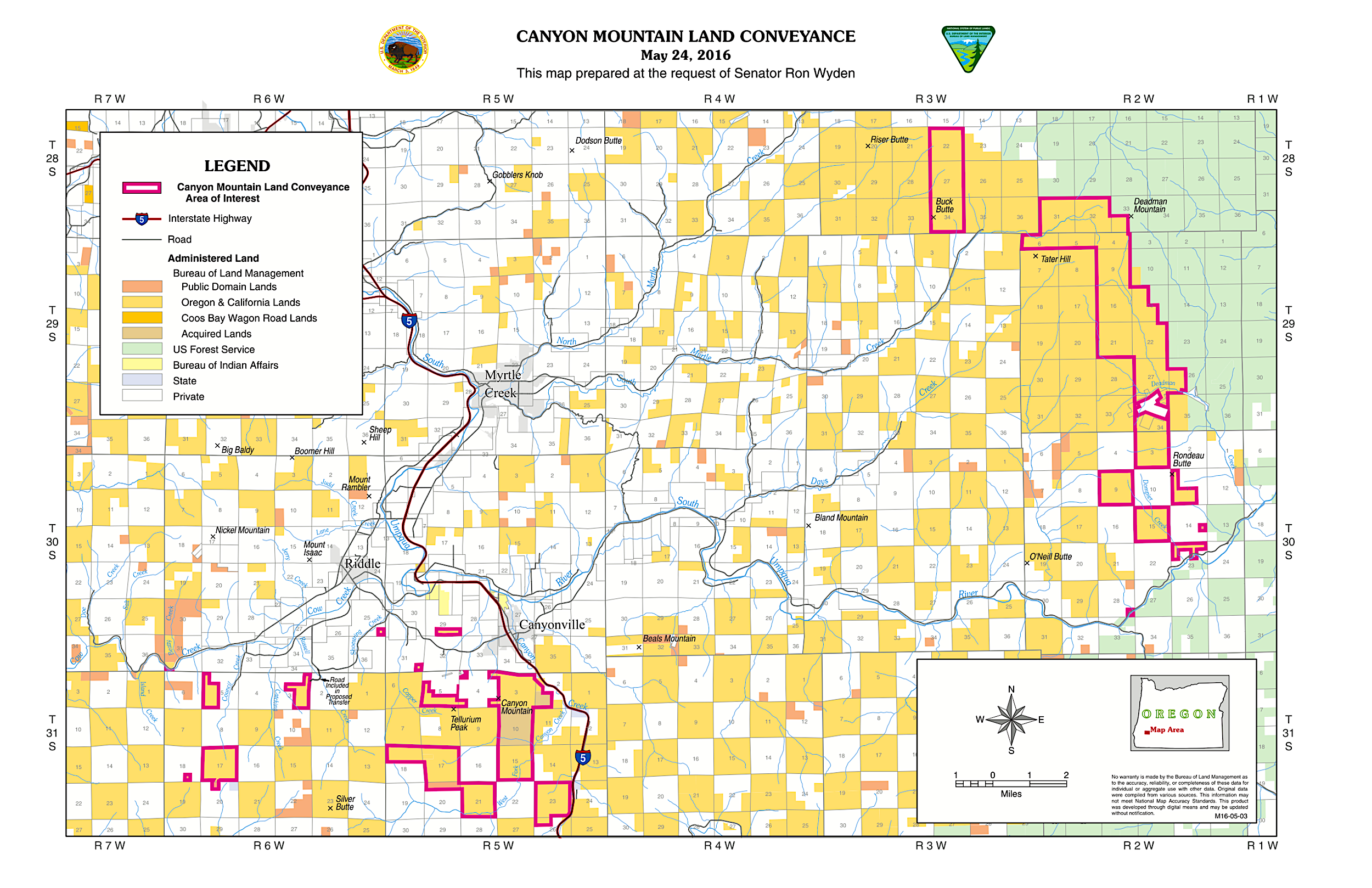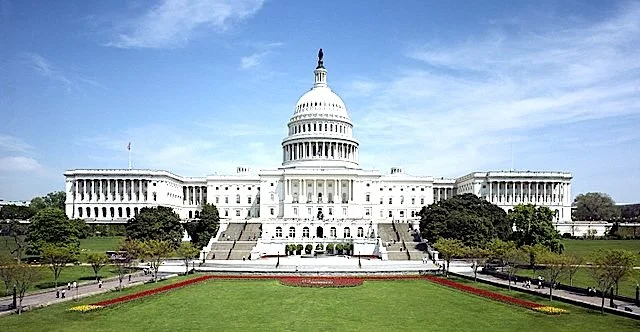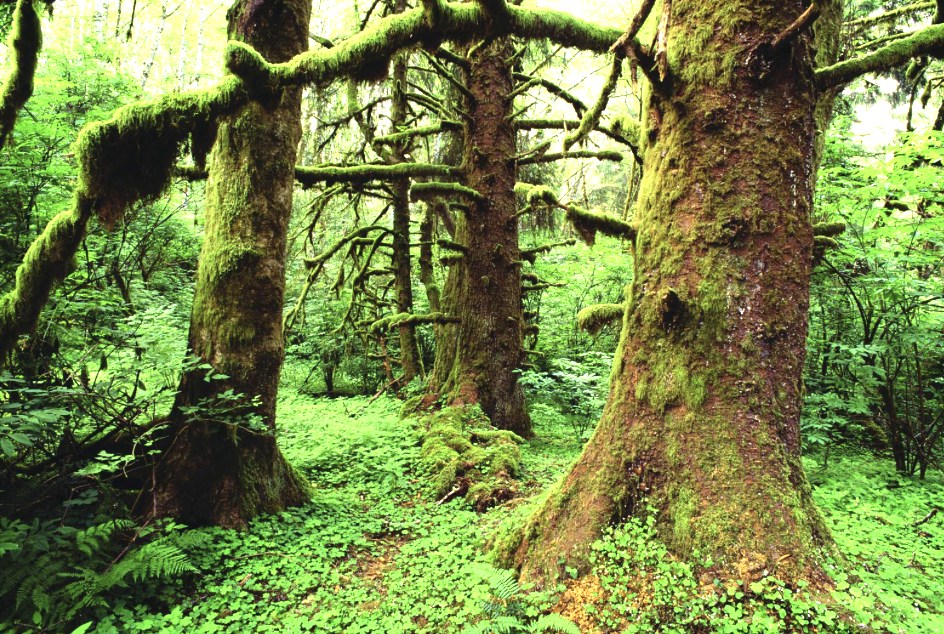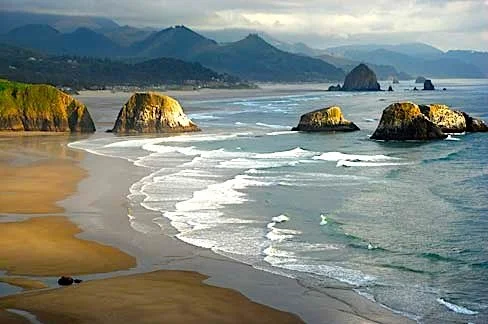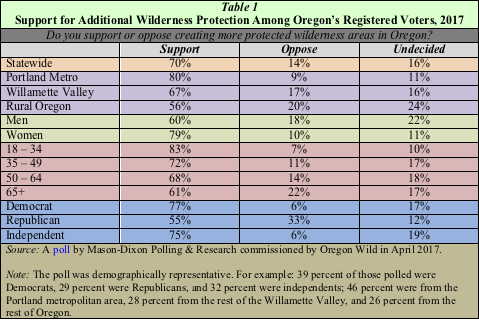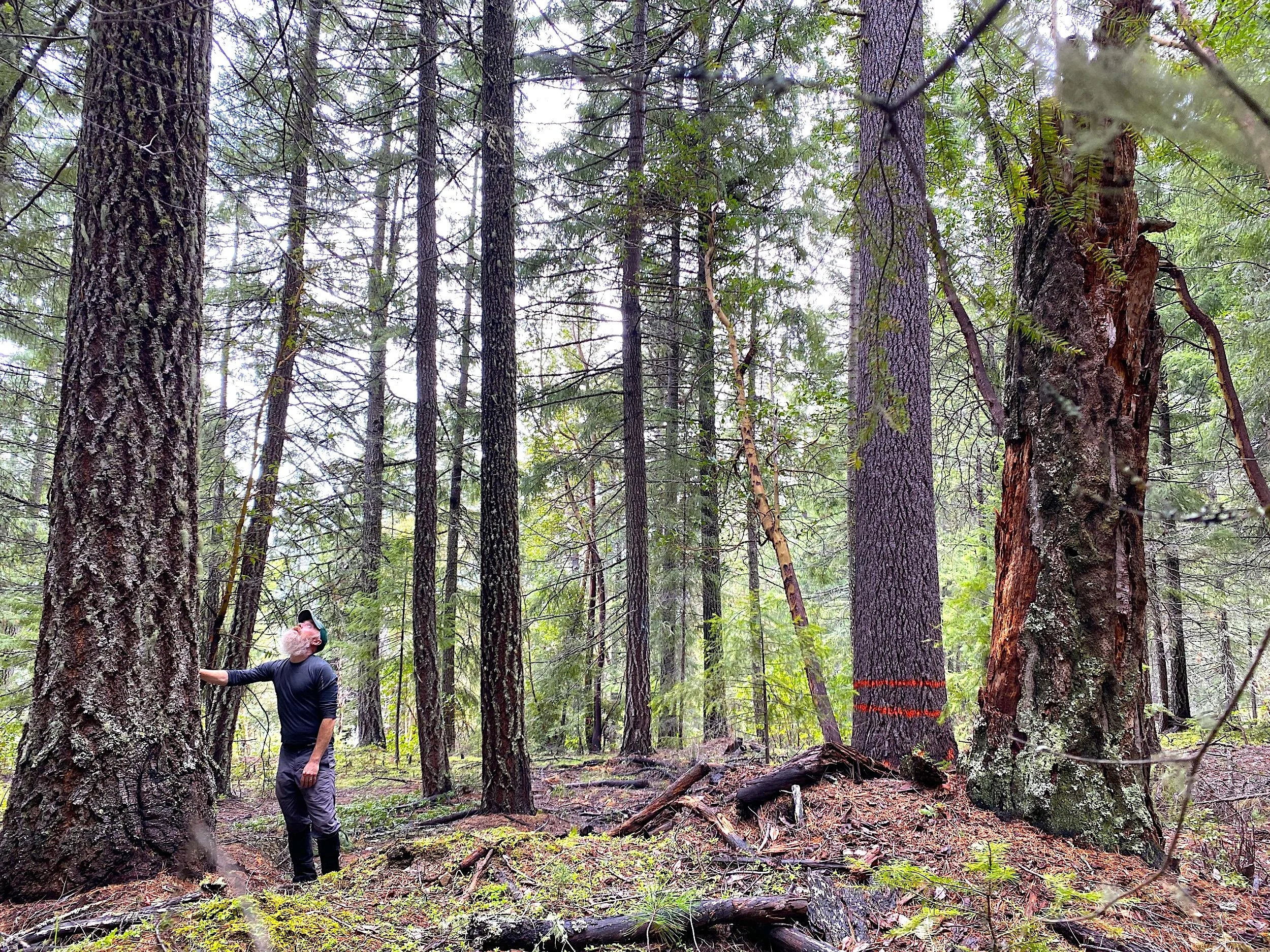Sort By Category
- 30x30
- Administration
- Antiquities Act
- Book Reviews
- Bureau of Land Management
- Climate Change
- Climate change
- Coasts
- Congress
- Counties & Federal Lands
- Courts
- Courts & Litigation
- Department of Agriculture
- Department of Interior
- Deserts
- Ecological Reserves
- Ecosystems
- Elections
- Endangered Species
- Energy
- Estuaries
- Federal Lands
- Fish
- Fish and Wildlife Service
- Forest
- Forest Fires
- Forest Service
- Forestry
- Forests
- Grasslands
- Land & Water Cons. Fund
- Land & Water Conservation Fund
- Legislation
- Litigation
- Livestock Grazing
- Marine Protected Areas
- Marine Sanctuaries
- Mature & Old-Growth Forests
- Mature and Old-Growth Foresrts
- Mining
- Nat'l Conservation Lands
- National Forest System
- National Marine Sanctuaries
- National Monuments
- National Monuments Act
- National Park Service
- National Park System
- National Parks
- National Recreation Area
- National Scenic Area
Sort By Tag
- 1002 area
- 30x30
- 5th Amendment
- ANWR
- Acadia National Park
- Adam Smith
- Administrative Procedure Act
- Advancing Conservation and Education Act
- Alan Bates
- Alan Deboer
- Alaska
- Alaska National Interest Lands Act
- Alaska Native Claims Settlement Act
- Aldo Leopold
- American Forest Resource Council
- American Prairie Reserve
- American Tree Farm System
- American beef supply
- American black duck
- American woodcock
- Ammon Bundy
- Ancient Forest National Park
- Anders Eskil Carlson
- Andrea Salinas
- Andrew N. Gray
- Andy Kerr
- Animal unit month
- Ansel Adams
- Antiquities Act
- Applegate Primitive Backcountry Area
- Aqua Fria National Monument
- Aquatic Conservation Strategy
- Aquatic Conservation and Riparian Strategy
- Arches National Monument
- Arches National Park
- Arctic National Wildlife Refuge
- Areas of Critical Environmental Concern
- Army Corps of Engineers
- Association of O&C Counties
- Astoria Canyon
- Astoria Fan
- Atlantic Coast
- Augusta Canal NHA
- Avarna Group
- Avi Kaw Ame
- BLM Conservation Rule
- BLM Zone 3 Lands
- BOEM Oregon Planning Area
- Baboquivari Peak Wilderness
- Baker County
The Proposed Recovering America’s Wildlife Act
Most fish and wildlife funding in the United States goes to game species. However, a third of our wildlife species are imperiled and/or vulnerable, and mostly not because of hunting and fishing
Preremembering Jerry Franklin and Norm Johnson, Oregon Conservationist
The old forests of the Pacific Northwest are in far better condition today than they would be if not for Professors Jerry F. (for Forest!) Franklin and K. Norman Johnson. “Norm and Jerry,” as they are affectionately (or, depending upon your point of view, derisively) known, have had a greater positive impact on federal forest policy in the Pacific Northwest than any other individuals.
The Simpson Salmon Strategy
“Despite spending over $17 billion on fish recovery efforts, Idaho salmon and steelhead numbers are not improving and will continue to get worse,” says Representative Mike Simpson (R-2-ID). “Will we spend $20 billion more in the next thirty years only to have them go extinct anyway? The worse they get, the more we will spend.”
Oregon Wild and Scenic Rivers by the Numbers: Versus Other States and Congressional Delegation Rankings
Any well-run business has its key performance indicators (KPIs) to judge the health of the firm beyond its current balance sheet and profit-and-loss statement. Let’s delve into the pertinent KPIs for Oregon’s place in the National Wild and Scenic Rivers System.
Oregon Wilderness by the Numbers: Versus Adjacent States, Congressional Delegation Rankings, and Total Potential Wilderness
Government protection should be thrown around every wild grove and forest on the mountains, as it is around every private orchard, and trees in public parks. To say nothing of their value as fountains of timber, they are worth infinitely more than all the gardens and parks of towns. —John Muir
Showdown for the Oregon Wildlands Act
The Oregon Wildlands Act is now the law of the land. Neither the Rogue Canyon National Recreation Area (98,150 acres), nor the Molalla National Recreation Area (~29,884 acres), as well as the Wild Rogue Wilderness Additions (~59,512) acres was included in the final version signed by President Trump.
Wither the Wild Rogue?
Late in December 2018, during the lame-duck session of the 115th Congress, a deal was almost struck to move an omnibus public lands package of legislation. The package compiled specific bills that were legislatively ready to advance. Some of the bills in the package were quite good, others quite bad.
Trump Signs DeFazio-Walden-Wyden-Merkley Bill Giving Away 50 Square Miles of Federal Public Land in Oregon
There is white liberal guilt aplenty about the treatment of Native Americans in Oregon (and rightfully so). The Democrats who supported this legislation came down on the side of Native Americans and, in this case, against nature. As for the Republicans who supported the bill, it was more a matter of it being a politically elegant way to effectively privatize the lands.
Public Lands in the 116th (2019–20) Congress
We live in a polarized nation divided between rural and urban with the suburbs and exurbs swinging toward the Democrats, allowing that party to retake the House.
Filling the Congressional Conservation Pipeline for When It Unclogs
For the most part, these bills are popular and uncontroversial, and when they do get to the floor they will pass. When that happens and the congressional pipeline finally does unclog, conservationists need to make sure that pipeline is full.
The National Wild and Scenic Rivers System, Part 2: Rounding It Out and Cleaning It Up (For Oregon, If Not Elsewhere)
This is the second part of a two-part examination of the National Wild and Scenic Rivers System. In Part 2, we examine the possibilities of protecting additional wild and scenic rivers with a focus on Oregon, and closing a notorious mining loophole in the original act.
The National Wilderness Preservation System, Part 3: The Promise of and a Promise to Wilderness
This is the third installment of a three-part series on the National Wilderness Preservation System. Part 3 demands a rededication to wilderness for the benefit of this and future generations.
Protecting the Pacific Northwest Offshore Ocean for This and Future Generations
There might be far more or far less oil and gas offshore Oregon and Washington than the Bureau of Ocean Energy Management has estimated (see last weeks Public Lands Blog post). In any case, we really cannot afford to find out, as the only prudent course is to Keep It in the Ground and out of the atmosphere. This means all fossil fuels, offshore and onshore.
Public Lands Conservation in Congress: Stalled by the Extinction of Green Republicans
Many politicians call for a return to the era of bipartisanship as a solution to any woe. This call has resonance because the bipartisan era occurred in the living memory of baby boomers. But in the long arc of history this era did not last long, and the evidence of today does not give much hope of a return to it.
Oregon’s Wildlands Should Matter At Least as Much to Oregon Legislators as Alaska's and Utah's
It’s time for the members of the Oregon congressional delegation to step up their public lands conservation game. It always takes years, if not years and years, to enact public lands conservation legislation into law. While mere introduction of legislation does not mean enactment into law, no legislation becomes law without first being introduced.
The Westerman Bill: The Timber Industry’s Wet Dream
Logging in Lane County, Oregon on both public and private lands.
The Westerman bill would legislate horrifically harmful public forest policy into law. Among its many sins, the Westerman bill would
Reigniting the Pacific Northwest Timber Wars by Logging More Old Growth: Bring It On, President Trump!
Big Timber in Oregon is so 20th Century. It used to be that timber jobs were above the state’s median wage; now they are below it. Today, only 1.3 percent of Oregon’s jobs arise from falling trees. That number will continue to decline in relative terms as Oregon’s economy continues to grow, and it will continue to decline in absolute terms as the timber industry continues to automate.
